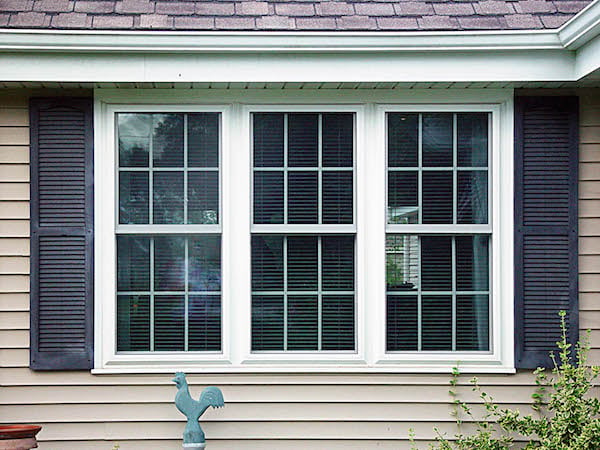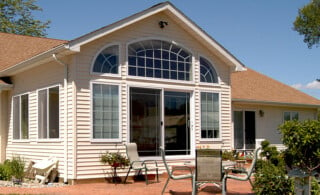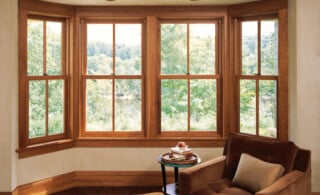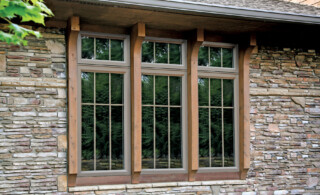
Dual pane windows are great to reduce energy loss and to make homes more comfortable by insulating against noise and drafts. But when moisture forms between the panes of glass, homeowners usually have no idea whether to call a window expert, the local glass company or a general handyman.
Q: One of the dual-pane windows in my kitchen nook has developed moisture streaks between the panes. My house is ten years old and this is the first time something like this has happened. Do I absolutely have to replace the window? Or can I wait until later in the summer after the moisture has dried out, then caulk around the inside and outside of the window? Or do you have another suggestion?
A: The window does not have to be replaced but the glass thermal pane unit does. Once seal failure between the glass has occurred, caulking the inside and outside of the unit will not stop moisture from penetrating into the unit. Subsequently, the unit needs to be changed.
If it is an aluminum window, your local glass company can change it out. But if it is a wooden window, you should contact a wooden window expert. Some brands of wooden windows are very tricky to take apart to replace the glass, and most people are unfamiliar with the proper technique to dissemble and replace the glass to prevent future seal failure.
Ready to start your dual pane windows?
Find ProsQ: What causes seal failure between dual pane glass?
A: There are basically two causes of seal failure. One is constant soaking of water that is trapped under the glass unit, which breaks down the sealant between the glass.
The second cause, which I believe is the most common reason for seal failure in aluminum windows, and especially in wooden windows, is that moisture is allowed to penetrate through the sash and is trapped under the thermal pane unit, at the bottom. Those few nights that we get in the winter when it freezes, the moisture under the unit freezes and expands, subsequently popping the seal between the two panes of glass.
On aluminum windows, not much can be done to prevent that problem. But on wooden windows, a top quality semi-glass latex enamel paint should be applied to the sash, with 1/6 inch minimum paint onto the glass. Getting the paint on the glass will seal the sash to the glass and not allow moisture to penetrate into the unit.
 Pros, Cons, and Costs: Double-Paned Windows
Pros, Cons, and Costs: Double-Paned Windows  Casement Windows Pros and Cons
Casement Windows Pros and Cons  Take Care of Your Screens and Keep the Bugs Out
Take Care of Your Screens and Keep the Bugs Out  “Green” Interior & Exterior Windows
“Green” Interior & Exterior Windows  Window Repair and Maintenance – Quick Fixes
Window Repair and Maintenance – Quick Fixes 

House was recently painted and the painter somehow managed to spray inside the dual pane. I have no idea how it happened, but it is a clean layer. Suggestions? Frame is metal.